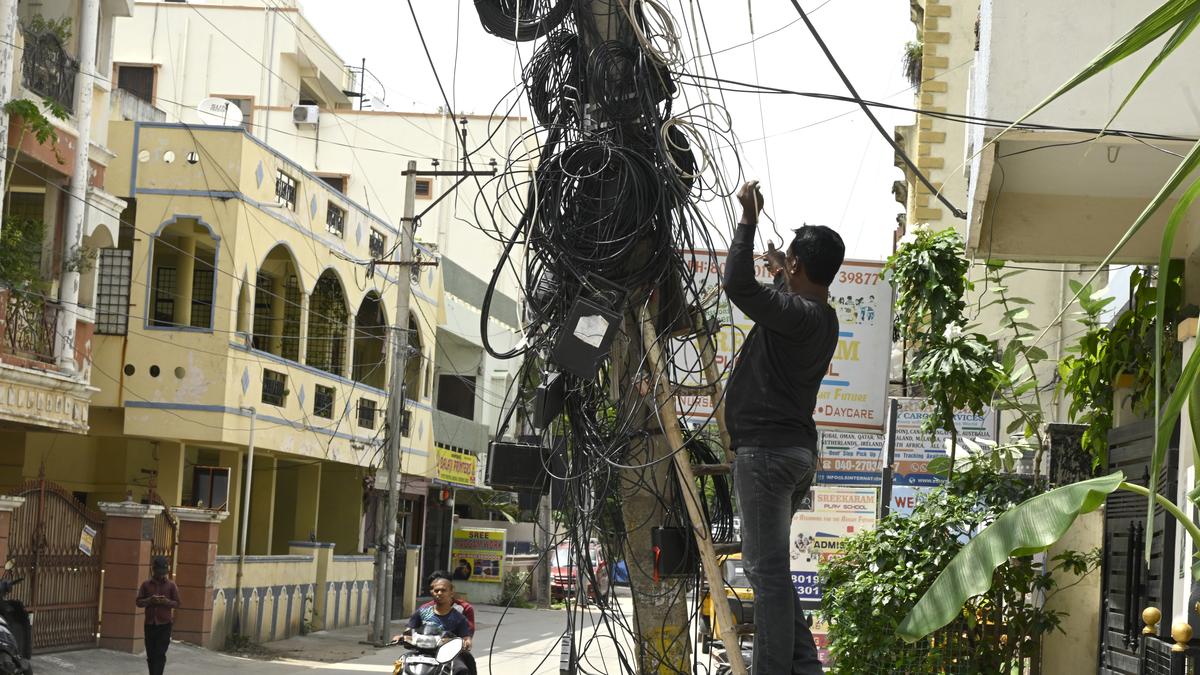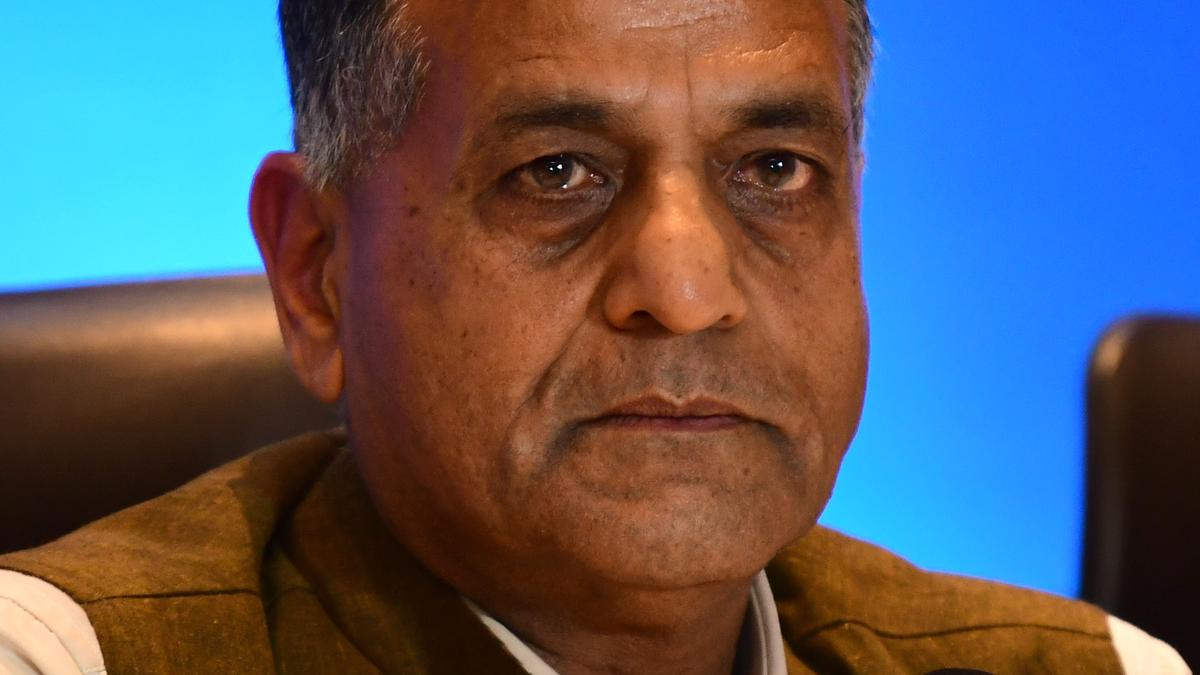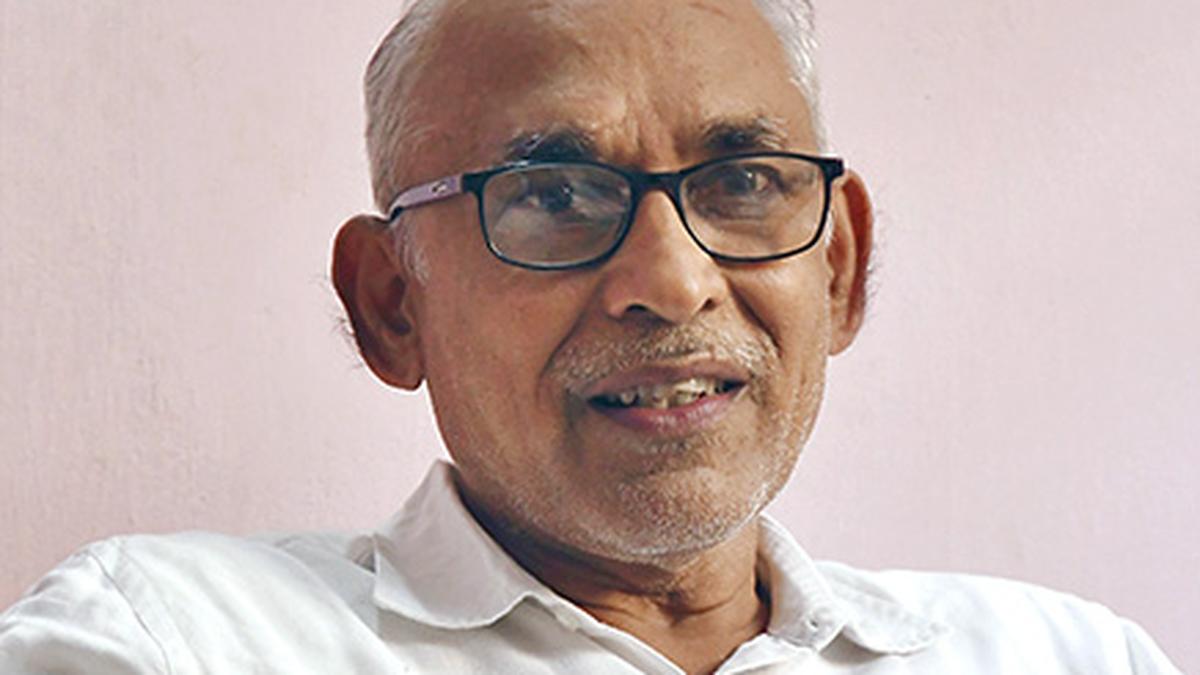Now Reading: Hyderabad’s Cable Clean-Up Causes Mobile Network Disruption for Lakhs
-
01
Hyderabad’s Cable Clean-Up Causes Mobile Network Disruption for Lakhs
Hyderabad’s Cable Clean-Up Causes Mobile Network Disruption for Lakhs

Quick Summary
- Hyderabad’s cable clean-up drive has caused disruptions in internet, television, and mobile services due to the cutting of overhead fibre-optic cables.
- Fibre cables enabling 5G towers were severed, leading to widespread outages in mobile data and voice services across key areas like Banjara Hills, Madhapur, Financial District, Kukatpally, and more.
- Residents report difficulties in making calls or accessing cellular data; some switched networks only to face similar issues elsewhere.
- Industry sources revealed over 125 Airtel mobile towers are offline. Approximately 10 lakh complaints have been logged due to broadband and mobile outages combined.
- Hospitals and IT companies have also reported operational challenges. The Secretariat and Chief Minister’s residence were among those affected by service disruptions.
- Cable operators staged protests on Thursday (September 11) against indiscriminate cutting of cables by the Electricity Department despite court orders. Another large protest is planned for Saturday at Indira Park with over 20,000 representatives expected.
- Telangana Southern power Distribution Company defended its actions as abiding by demarcation rules for cable height standards issued within GHMC limits.
Indian Opinion Analysis
The disruption caused by Hyderabad’s ongoing cable cleanup drive highlights notable gaps in coordination between essential service providers-telecom operators-and governing bodies like the Electricity Department. While adherence to infrastructural regulations is necessary for long-term urban planning and safety standards, the lack of proactive measures addressing alternate connectivity solutions suggests insufficient preparatory work before the clean-up began.The ripple effects extend beyond individual inconveniences; critical institutions such as hospitals face operational hurdles at a time when reliable communication networks are pivotal. This underscores an urgent need for dialog among stakeholders-telecom providers, local governments, utility departments-to balance developmental initiatives alongside current needs that directly affect quality of life.
The protests by cable operators further emphasize frustrations from industry participants bearing losses estimated at ₹10-12 crore while juggling subscriber dissatisfaction amidst mounting logistical burdens. Ultimately, this case sets a precedent about how cities can manage infrastructure transitions without inflicting widespread service disruptions-a model that remains under scrutiny.
read More: [Link unavailable]
























